Sprinkler Winterization Services
Proper lawn sprinkler maintenance and winterization are essential to ensure the longevity and functionality of sprinkler systems. Preparing a system for winter prevents damage caused by freezing temperatures and helps maintain optimal performance year after year.
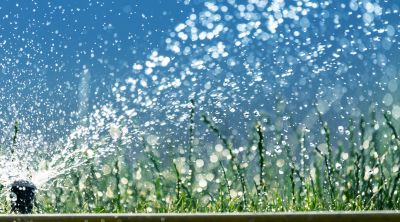
A well-maintained sprinkler system prepared for winter.
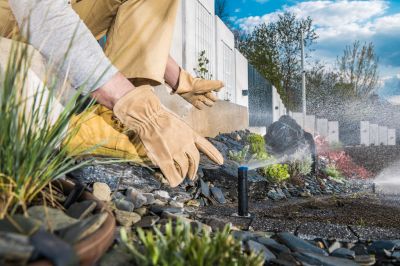
Sprinkler head protected from freezing damage.
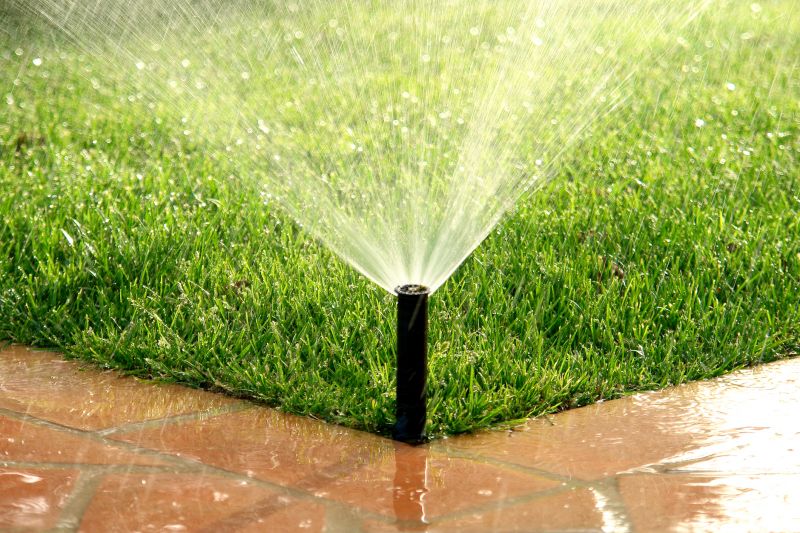
Ways to make lawn sprinkler winterization work in tight or awkward layouts.

Popular materials for lawn sprinkler winterization and why they hold up over time.
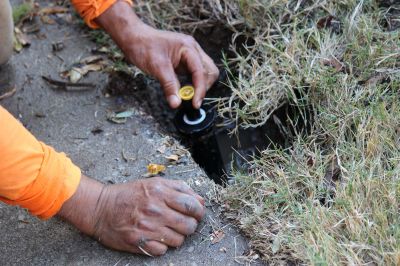
Simple add-ons that improve lawn sprinkler winterization without blowing the budget.
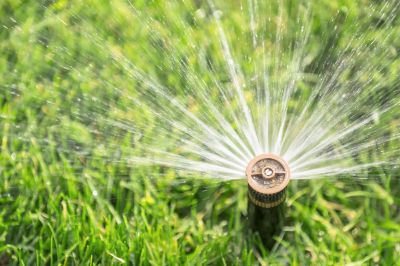
High-end options that actually feel worth it for lawn sprinkler winterization.

Finishes and colors that play nicely with lawn sprinkler winterization.
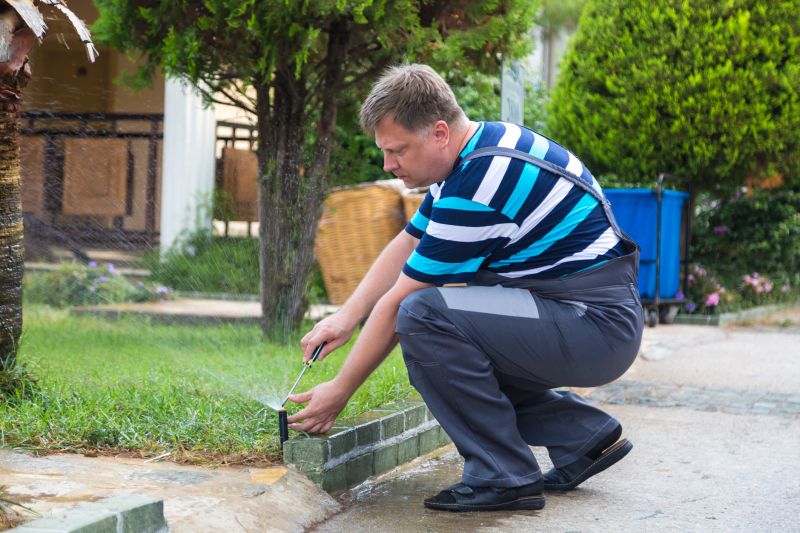
Little measurements that prevent headaches on lawn sprinkler winterization day.
The best time to have a sprinkler system winterized is before the first hard freeze, typically in late fall.
Failure to winterize can lead to burst pipes, damaged heads, and costly repairs in spring.
Professional services ensure thorough winterization, reducing the risk of overlooked issues and damage.
The process includes draining water from pipes, blow-out procedures, and protecting components from freezing.

Using specialized equipment to remove water from the system.

Covering and insulating vulnerable parts of the system.
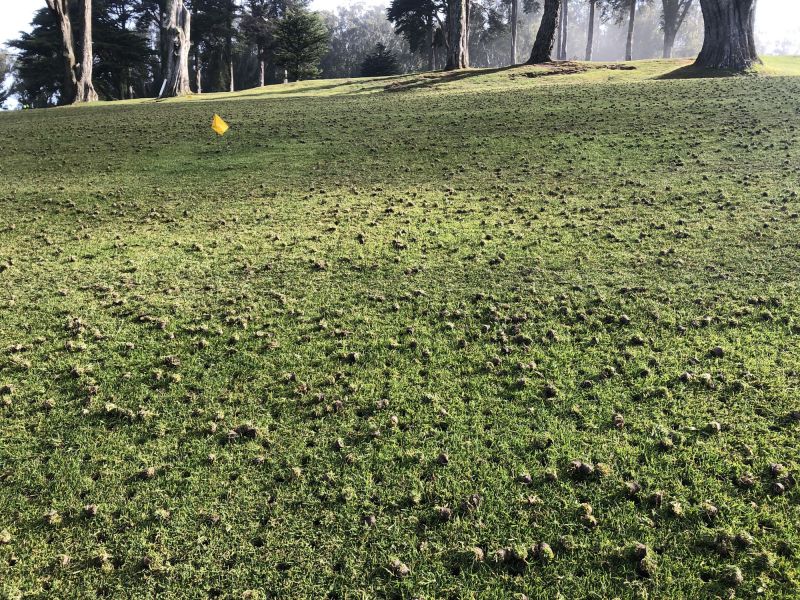
High-quality tools ensure effective winterization procedures.

System ready for winter.
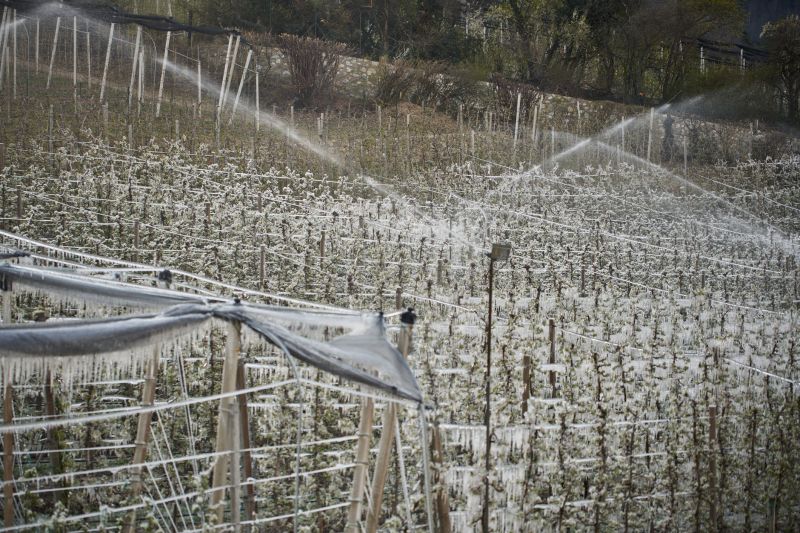
Insulated and protected from freezing.
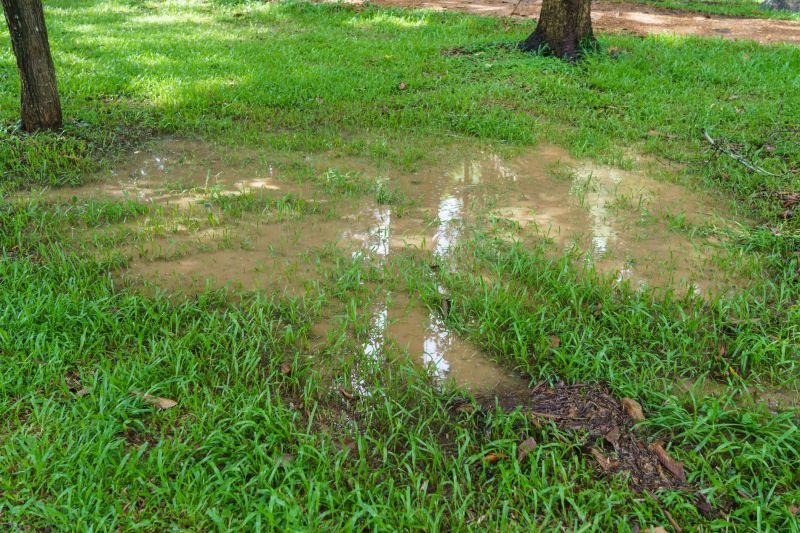
Ensuring no water remains in pipes.
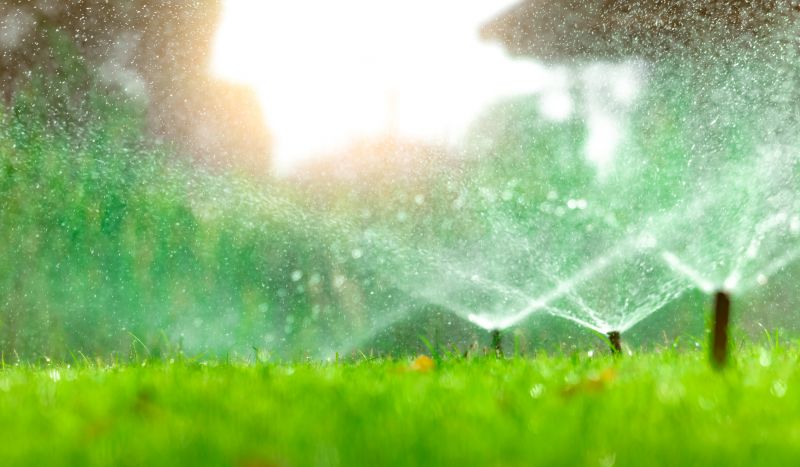
Specialized tools for winterization.
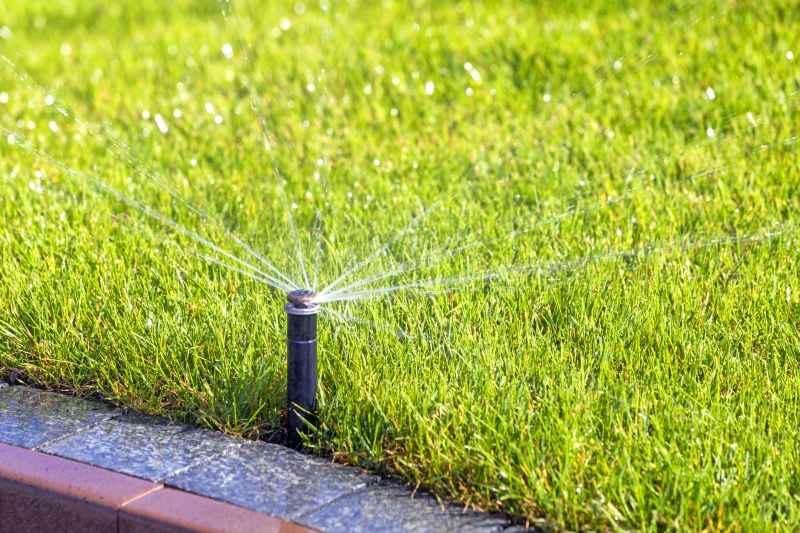
A 60-second routine that keeps lawn sprinkler winterization looking new.

A frequent mistake in lawn sprinkler winterization and how to dodge it.
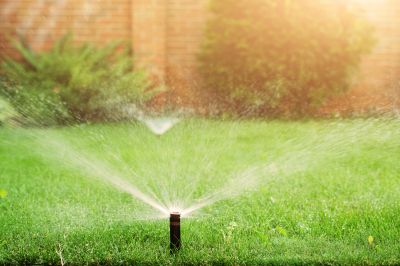
Small tweaks to make lawn sprinkler winterization safer and easier to use.

Lower-waste or water-saving choices for lawn sprinkler winterization.
| Aspect | Details |
|---|---|
| Best Time for Winterization | Before the first hard freeze in late fall. |
| Potential Dangers of Not Winterizing | Pipe bursts, system damage, costly repairs. |
| Benefits of Professional Service | Thoroughness, proper equipment, reduced risk. |
| Key Steps in Process | Drainage, blow-out, component protection. |
| Signs System Needs Winterization | Unusual noises, leaks, or system not functioning properly. |
| Common Winterization Tools | Air compressors, insulation covers. |
| Post-Winter Inspection | Check for damage and leaks in spring. |
| System Components Protected | Heads, valves, pipes, and control boxes. |
Images illustrate the process of winterizing lawn sprinkler systems, including blowing out lines, protecting heads, and preparing the system for cold weather. Proper winterization ensures the system remains in good condition and ready for spring activation.
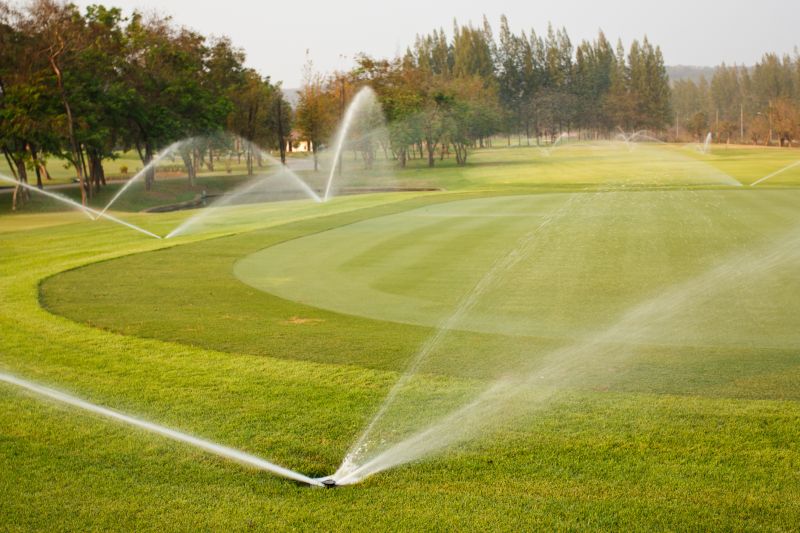
Removing water with a professional air compressor.
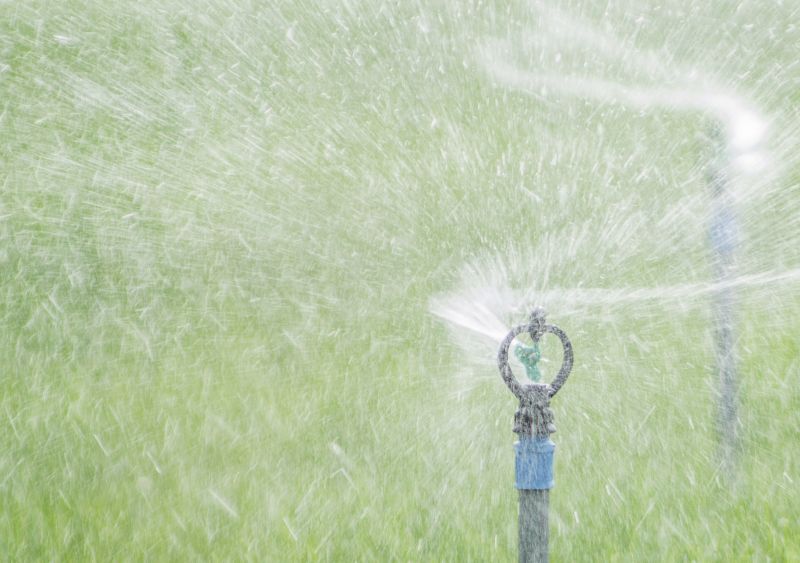
Protecting components from freezing temperatures.
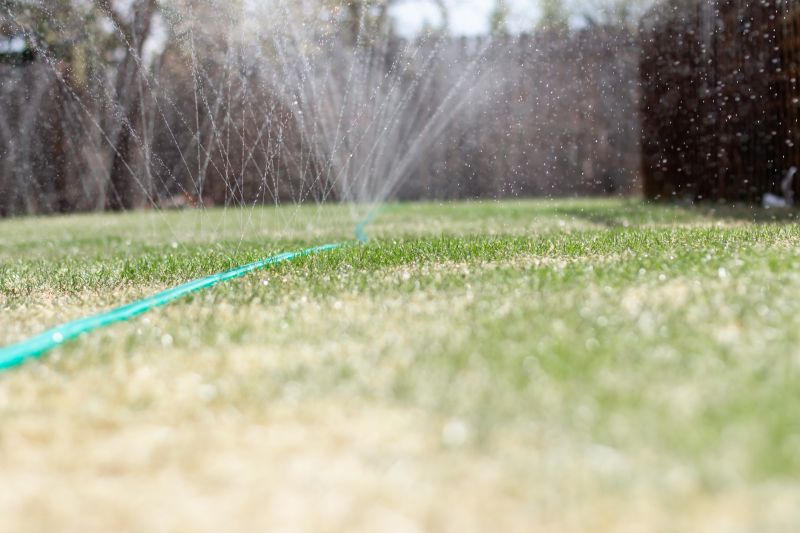
Ensuring thorough water removal.

Prepared for activation after winter.
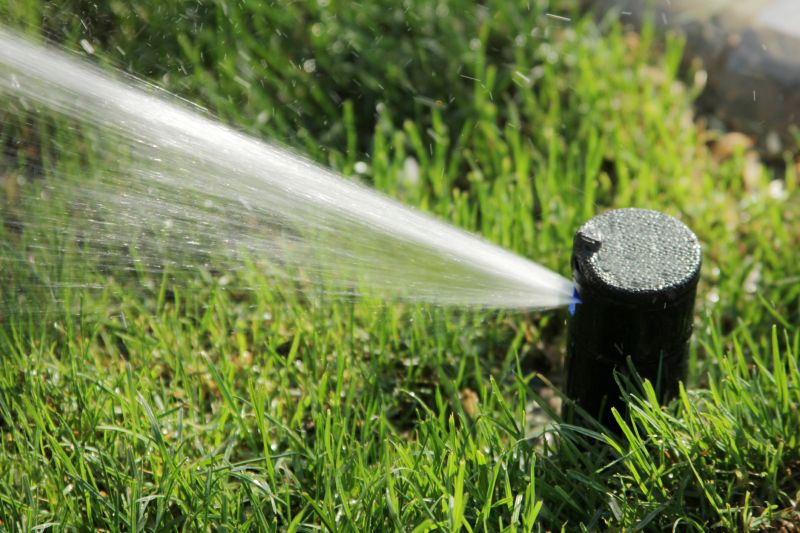
The short, realistic tool list for quality lawn sprinkler winterization.

Rough timing from prep to clean-up for lawn sprinkler winterization.

Quick checks and paperwork to keep after lawn sprinkler winterization.
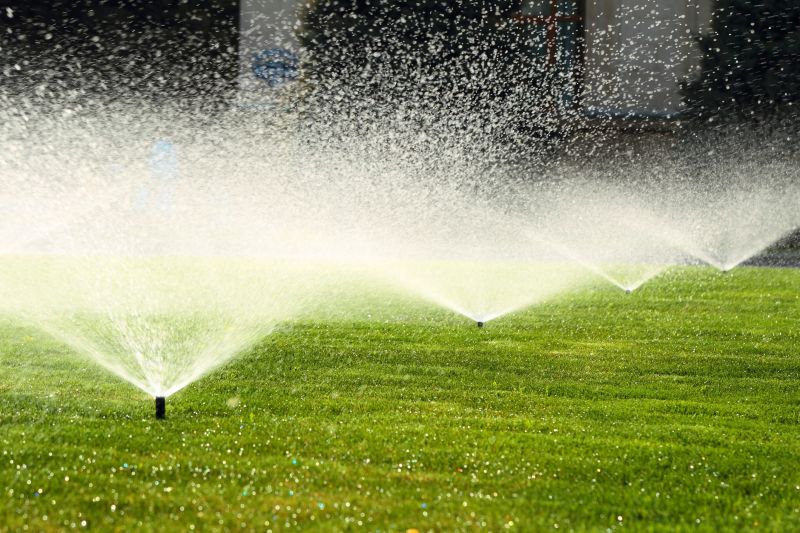
Examples that show the impact a good lawn sprinkler winterization can make.
To ensure a thorough and effective winterization, it is recommended to contact a professional sprinkler service. Filling out a contact form can provide a quote tailored to specific system needs and ensure proper preparation for winter.



